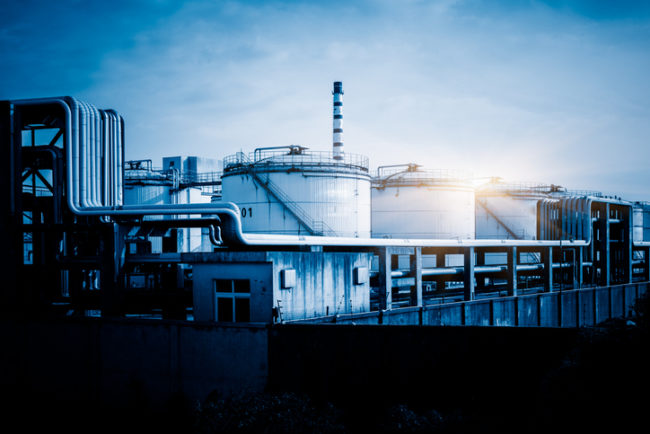Despite booming operations due to shale gas discoveries in recent years, the business climate for the oil and gas industry in the western United States is suffering because of recent political changes and public concerns over, well, climate change.
We start in New Mexico, where Gov. Michelle Lujan Grisham inked an executive order in January calling for the state to slash its greenhouse gas emissions by at least 45 percent from 2005 levels by 2030, becoming the latest newly minted Democratic governor to take an aggressive step to combat climate change. The GHG emissions reduction target is part of an order in which Lujan Grisham commits New Mexico to joining the U.S. Climate Alliance, a coalition of governors that support the goals of the Paris climate change agreement.
Notably, the order directs state energy and environmental regulators to develop regulations that would reduce methane emissions from oil and gas infrastructure, including clamping down on venting, flaring, and leaks from gas development. The order also creates New Mexico’s Climate Change Task Force, chaired by Cabinet Secretary of the Energy, Minerals and Natural Resources Department (EMNRD) Sarah Cottrell Propst and Cabinet Secretary of the New Mexico Environment Department (NMED) James Kenney, both of whose agencies issue permits and provide oversight to oil and gas operations. NMED and EMNRD were called on to develop a statewide, “enforceable regulatory framework” to reduce methane emissions in the oil and gas industry and prevent waste from new and ongoing operations. Oil and gas industry leaders were not included in discussions or negotiations around Lujan Grisham’s executive order.
With the San Juan Basin in its west and the western portion of the Permian Basin in its east, New Mexico was the third-largest oil producing state and ninth-largest gas-producing state as of October, according to the U.S. Energy Information Administration. But Lujan Grisham’s executive order charges that methane traps 84 percent more heat than carbon dioxide during a 20-year timeframe, and that the oil and gas industry is the largest industrial source of methane emissions. The order goes on to observe that venting and flaring volumes in the New Mexico Permian jumped 18 percent in the first seven months of 2018 compared with 2017, and that emissions, flaring, venting, and gas leaks are wasting approximately $244 million worth of energy every year. .
In addition, a proposal to enact a four-year moratorium on the issuance of new hydraulic fracturing permits for oil and natural gas drilling across New Mexico was submitted in the state legislature last week. Backers of the legislation, Senate Bill 459, describe it as a temporary freeze that would give the state time to study the environmental impacts of fracking, hire more state workers to monitor the industry and possibly develop additional regulations. New Mexico has also filed a court challenge against EPA for rolling back an Obama-era rule limiting venting and flaring from gas wells on federal and tribal lands.
To the north, new Colorado Gov. Jared Polis has publicly indicated that he will pursue additional regulations to address increasing clashes between oil and gas activity and a growing population. Last fall the industry fended off Proposition 112, a failed ballot measure mandating that oil and gas operations be set back at least 2,500 feet from occupied and “vulnerable” areas.
Then last month, the Colorado Supreme Court ruled that state oil and gas regulators couldn’t enact a rule that would have barred permits for projects that would contribute to climate change or negatively impact public health, overturning a lower court decision. The court would not buy the petitioners’ argument that the pertinent provisions of the act allow the commission to condition one legislative priority (oil and gas development) on another (protection of public health and the environment). Polis himself expressed disappointment with the ruling, saying in a statement that “it only highlights the need to work with the Legislature and the Colorado Oil & Gas Conservation Commission to more safely develop our state’s natural resources and protect our citizens from harm.” In other words: more regulation is coming. Industry stakeholders in Colorado, New Mexico, and other states will need to work harder than ever to build consensus with governments that will allow economic development while progressing toward environmental goals.

